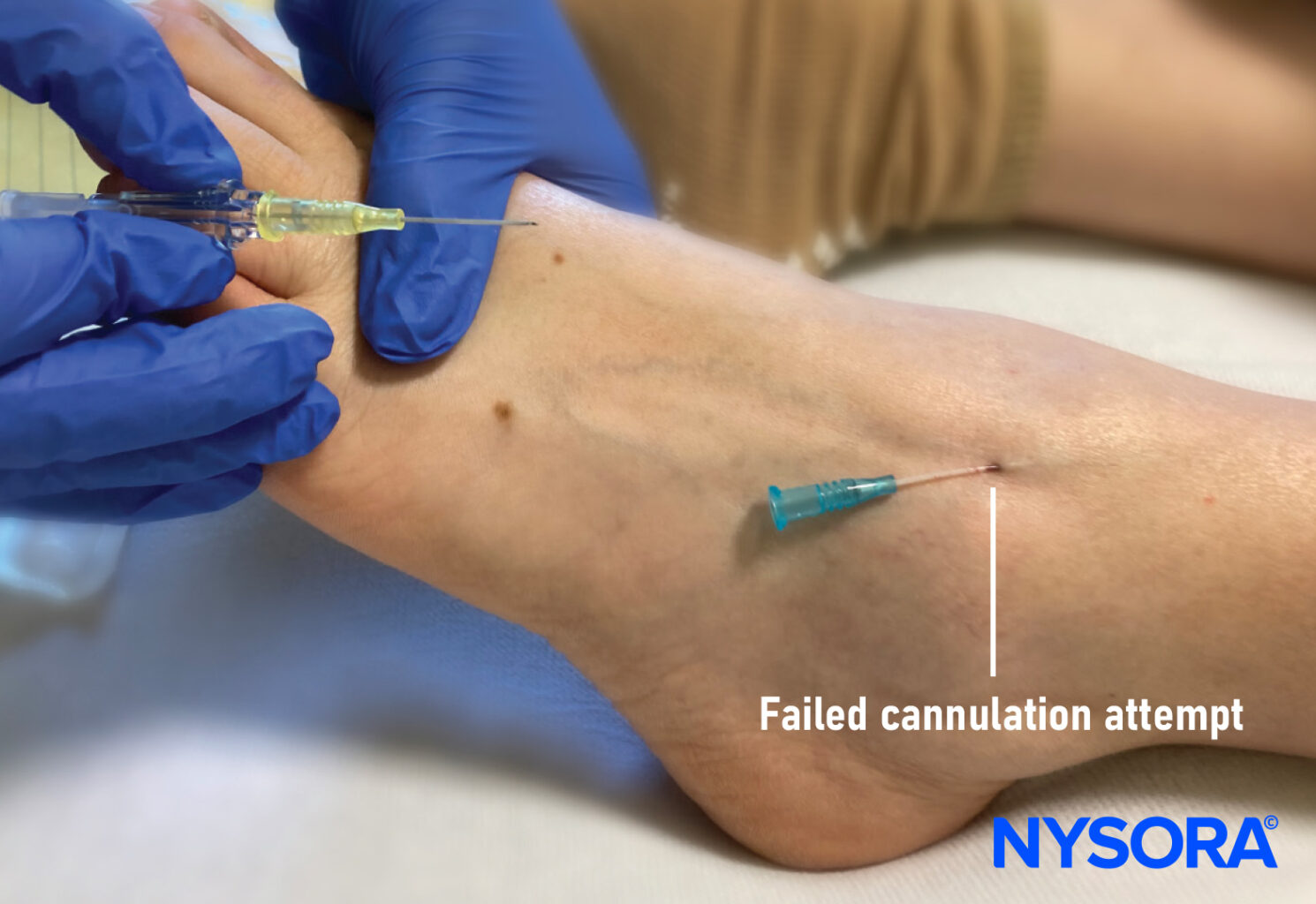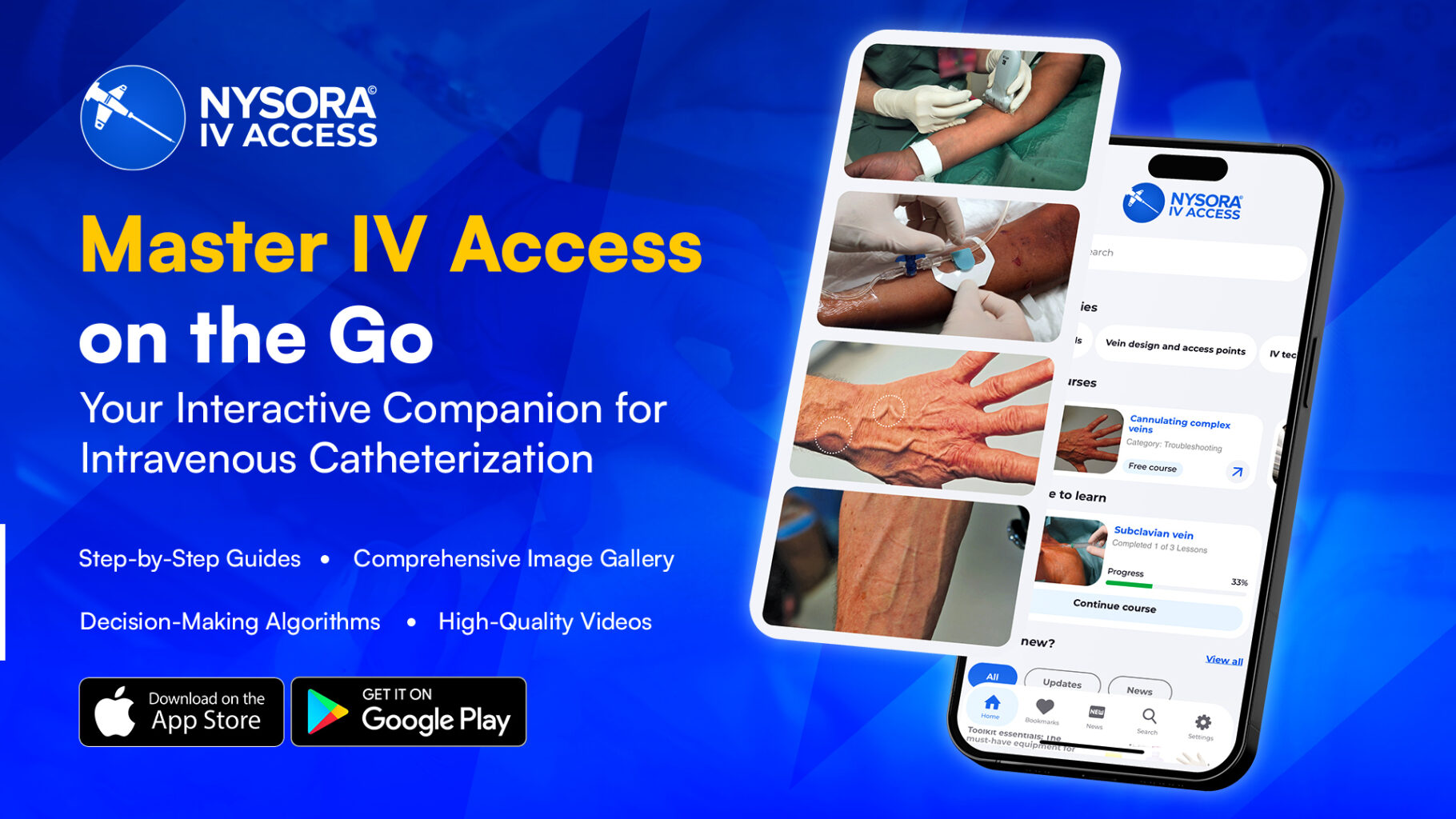
Mastering IV procedures: Strategies to reduce hematoma risk
Hematomas can develop rapidly if the catheter is removed while the tourniquet is still in place. Premature removal of the needle-catheter can lead to hematoma formation, requiring the tourniquet to be released and additional time to stop the bleeding. This mistake can complicate subsequent IV cannulation attempts.
Understanding Hematomas
What is a Hematoma?
A hematoma is a collection of blood outside the blood vessels. It is usually caused by injury to the wall of a blood vessel, prompting blood to seep into surrounding tissues. In the context of IV procedures, hematomas are often caused by improper catheter insertion or removal.

Hematoma formation after an unsuccessful IV attempt.

Swelling in the hand caused by a hematoma after failed IV cannulation.
Preventing Hematomas During IV Procedures
The Solution
In case of a failed attempt at IV cannulation:
- Temporarily leave the catheter in place, allowing it to function as a plug within the vein. This will prevent bleeding and provide an opportunity to try again.
- By leaving the catheter in position, it acts as a venous plug, reducing the risk of hematoma formation.
Step-by-Step Guide
- Identify the Vein:
- Use a tourniquet to locate a suitable vein.
- Clean the area with an antiseptic swab to prevent infection.
- Insert the Catheter:
- Carefully insert the catheter into the vein.
- If insertion fails, do not immediately remove the catheter.
- Leave the Catheter in Place:
- If the insertion attempt is unsuccessful, leave the catheter in the vein temporarily.
- This allows the catheter to act as a plug, preventing bleeding.
- Leave the tourniquet on
-
- The temptation to remove the tourniquet immediately after a failed attempt will undo the effort it took to distend the patient’s peripheral veins.
- Leave the failed catheter without the needle and consider keeping the tourniquet on.
- Start over with vein cannulation:
- After ensuring there is no bleeding, you may choose a different vein and attempt insertion here.

Leave the catheter in position in case of a failed attempt, allowing the catheter to function as a venous plug.
Explore many resources, including easy-to-follow algorithms, expert tips, and clinical videos, on NYSORA’s IV Access App! It’s perfect for healthcare professionals at any level. Download today and start improving your IV catheterization techniques! All this valuable content is also available in NYSORA’s comprehensive IV manual on Amazon.




